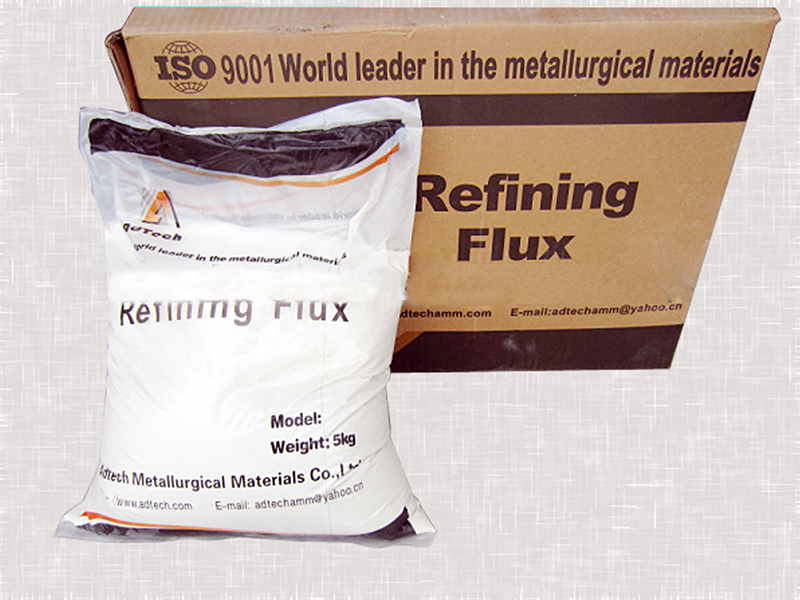
14 11月 Aluminium Smelting and Refining
Aluminium Smelting and Refining
Process Overview
Bauxite is extracted by open-pit mining. The richer ores are used as mined. The lower grade ores may be beneficiated by crushing and washing to remove clay and silica waste. The production of the metal comprises two basic steps:
Refining. Production of alumina from bauxite by the Bayer process in which bauxite is digested at high temperature and pressure in a strong solution of caustic soda. The resulting hydrate is crystallized and calcined to the oxide in a kiln or fluid bed calciner.
Reduction. Reduction of alumina to virgin aluminium metal employing the Hall-Heroult electrolytic process using carbon electrodes and cryolite flux.
Experimental development suggests that in the future aluminium may be reduced to the metal by direct reduction from the ore.
There are presently two major types of Hall-Heroult electrolytic cells in use. The so-called “pre-bake” process utilizes electrodes manufactured as noted below. In such smelters exposure to polycyclic hydrocarbons normally occurs in the electrode manufacturing facilities, especially during mixing mills and forming presses. Smelters utilizing the Soderberg-type cell do not require facilities for the manufacture of baked carbon anodes. Rather, the mixture of coke and pitch binder is put into hoppers whose lower ends are immersed in the molten cryolite-alumina bath mixture. As the mixture of pitch and coke is heated by the molten metal-cryolite bath within the cell, this mixture bakes into a hard graphitic mass in situ. Metal rods are inserted into the anodic mass as conductors for a direct current electric flow. These rods must be replaced periodically; in extracting these, considerable amounts of coal tar pitch volatiles are evolved into the cell room environment. To this exposure is added those pitch volatiles generated as the baking of the pitch-coke mass proceeds.
Within the last decade the industry has tended to either not replace or to modify existent Soderberg type reduction facilities as a consequence of the demonstrated carcinogenic hazard they present. In addition, with the increasing automation of reduction cell operations—particularly the changing of anodes, tasks are more commonly performed from enclosed mechanical cranes. Consequently worker exposures and the risk of developing those disorders associated with aluminium smelting are gradually decreasing in modern facilities. By contrast, in those economies wherein adequate capital investment is not readily available, the persistence of older, manually operated reduction processes will continue to present the risks of those occupational disorders (see below) previously associated with aluminium reduction plants. Indeed, this tendency will tend to become more aggravated in such older, unimproved operations, especially as they age.
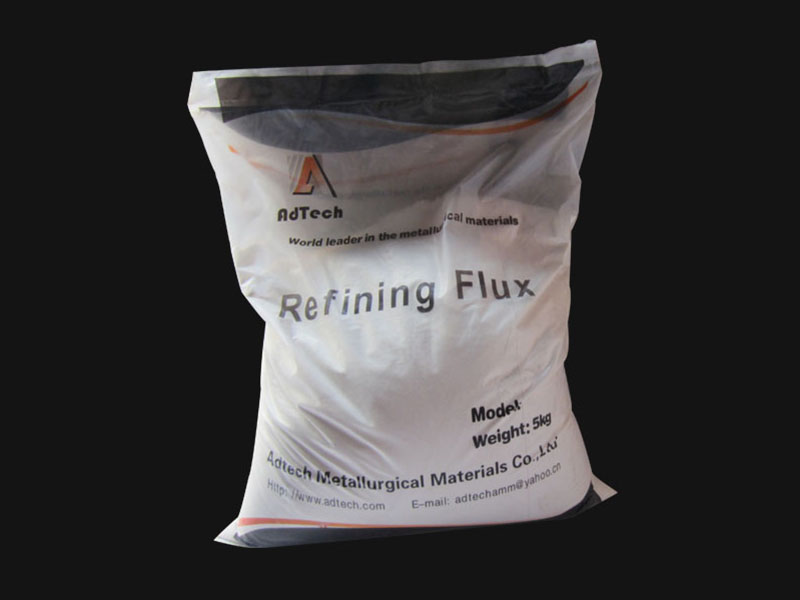
Carbon electrode manufacture
The electrodes required by pre-bake electrolytic reduction to pure metal are normally made by a facility associated with this type of aluminium smelting plant. The anodes and cathodes are most frequently made from a mixture of ground petroleum-derived coke and pitch. Coke first is ground in ball mills, then conveyed and mixed mechanically with the pitch and finally cast into blocks in a moulding presses. These anode or cathode blocks are next heated in a gas-fired furnace for several days until they form hard graphitic masses with essentially all volatiles having been driven off. Finally they are attached to anode rods or saw-grooved to receive the cathode bars.
It should be noted that the pitch used to form such electrodes represents a distillate which is derived from coal or petroleum tar. In the conversion of this tar to pitch by heating, the final pitch product has boiled off essentially all of its low-boiling point inorganics, e.g., SO2, as well as aliphatic compounds and one- and two ring aromatic compounds. Thus, such pitch should not present the same hazards in its use as coal or petroleum tars since these classes of compounds ought not to be present. There are some indications that the carcinogenic potential of such pitch products may not be as great as the more complex mixture of tars and other volatiles associated with the incomplete combustion of coal.
Hazards and Their Prevention
The hazards and preventive measures for aluminium smelting and refining processes are basically the same as those found in smelting and refining in general; however, the individual processes present certain specific hazards.
Mining
Although sporadic references to “bauxite lung” occur in the literature, there is little convincing evidence that such an entity exists. However, the possibility of the presence of crystalline silica in bauxite ores should be considered.
Electrolytic reduction
Electrolytic reduction exposes workers to the potential for skin burns and accidents due to molten metal splashes, heat stress disorders, noise, electrical hazards, cryolite and hydrofluoric acid fumes. Electrolytic reduction cells may emit large quantities of dusts of fluoride and alumina.
In carbon-electrode manufacturing shops, exhaust ventilation equipment with bag filters should be installed; enclosure of pitch and carbon grinding equipment further effectively minimizes exposures to heated pitches and carbon dusts. Regular checks on atmospheric dust concentrations should be made with a suitable sampling device. Periodic x-ray examinations should be carried out on workers exposed to dust, and these should be followed up by clinical examinations when necessary.
In order to reduce the risk of handling pitch, transport of this material should be mechanized as far as possible (e.g., heated road tankers can be used to transport liquid pitch to the works where it is pumped automatically into heated pitch tanks). Regular skin examinations to detect erythema, epitheliomata or dermatitis are also prudent, and extra protection can be provided by alginate-base barrier creams.
Workers exposed to high noise levels should be supplied with hearing protection equipment such as earplugs which allow the passage of low-frequency noise (to allow perception of orders) but reduce the transmission of intense, high-frequency noise. Moreover, workers should undergo regular audiometric examination to detect hearing loss. Finally, personnel should also be trained to give cardiopulmonary resuscitation to victims of electric shock accidents.
Workers doing hot work should be instructed prior to the onset of hot weather to increase fluid intake and heavily salt their food. They and their supervisors should also be trained to recognise incipient heat-induced disorders in themselves and their co-workers. All those working here should be trained to take the proper measure necessary to prevent the occurrence or progression of the heat disorders.
Individuals using cardiac pacemakers should be excluded from reduction operations because of the risk of magnetic field induced dysrhythmias.
The potential for molten metal splashes and severe burns are widespread at many sites in reduction plants and associated operations. In addition to protective clothing (e.g., gauntlets, aprons, spats and face visors) the wearing of synthetic apparel should be prohibited, since the heat of molten metal causes such heated fibers to melt and adhere to the skin, further intensifying skin burns.
Bayer process
The extensive use of caustic soda in the Bayer process presents frequent risks of chemical burns of the skin and eyes. Descaling of tanks by pneumatic hammers is responsible for severe noise exposure. The potential hazards associated with the inhalation of excessive doses of aluminium oxide produced in this process are discussed below.
All workers involved in the Bayer process should be well informed of the hazards associated with handling caustic soda. In all sites at risk, eyewash fountains and basins with running water and deluge showers should be provided, with notices explaining their use. PPE (e.g., goggles, gloves, aprons and boots) should be supplied. Showers and double locker accommodations (one locker for work clothing, the other for personal clothing) should be provided and all employees encouraged to wash thoroughly at the end of the shift. All workers handling molten metal should be supplied with visors, respirators, gauntlets, aprons, armlets and spats to protect them against burns, dust and fumes. Workers employed on the Gadeau low-temperature process should be supplied with special gloves and suits to protect them from hydrochloric acid fumes given off when the cells start up; wool has proved to have a good resistance to these fumes. Respirators with charcoal cartridges or alumina-impregnated masks give adequate protection against pitch and fluorine fumes; efficient dust masks are necessary for protection against carbon dust. Workers with more severe dust and fume exposure, particularly in Soderberg operations, should be provided with air-supplied respiratory protective equipment. As mechanized potroom work is remotely performed from enclosed cabins, these protective measures will become less necessary.



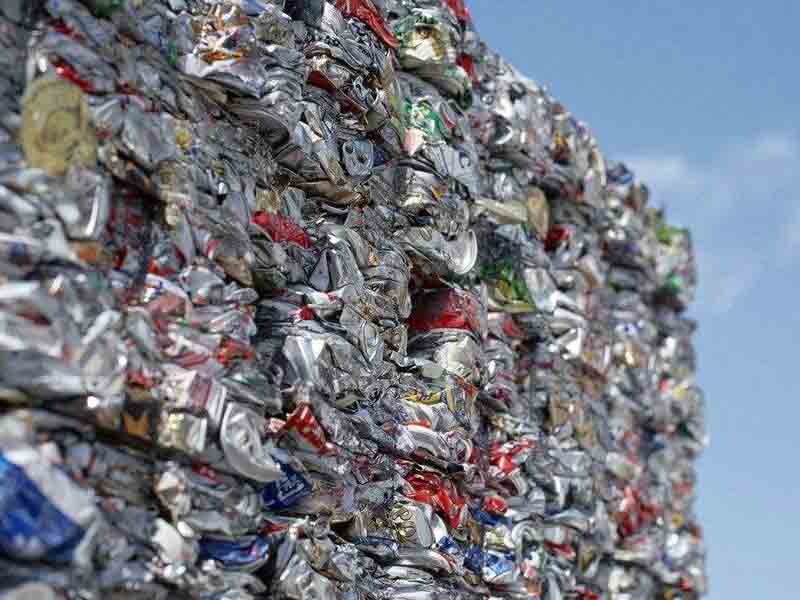

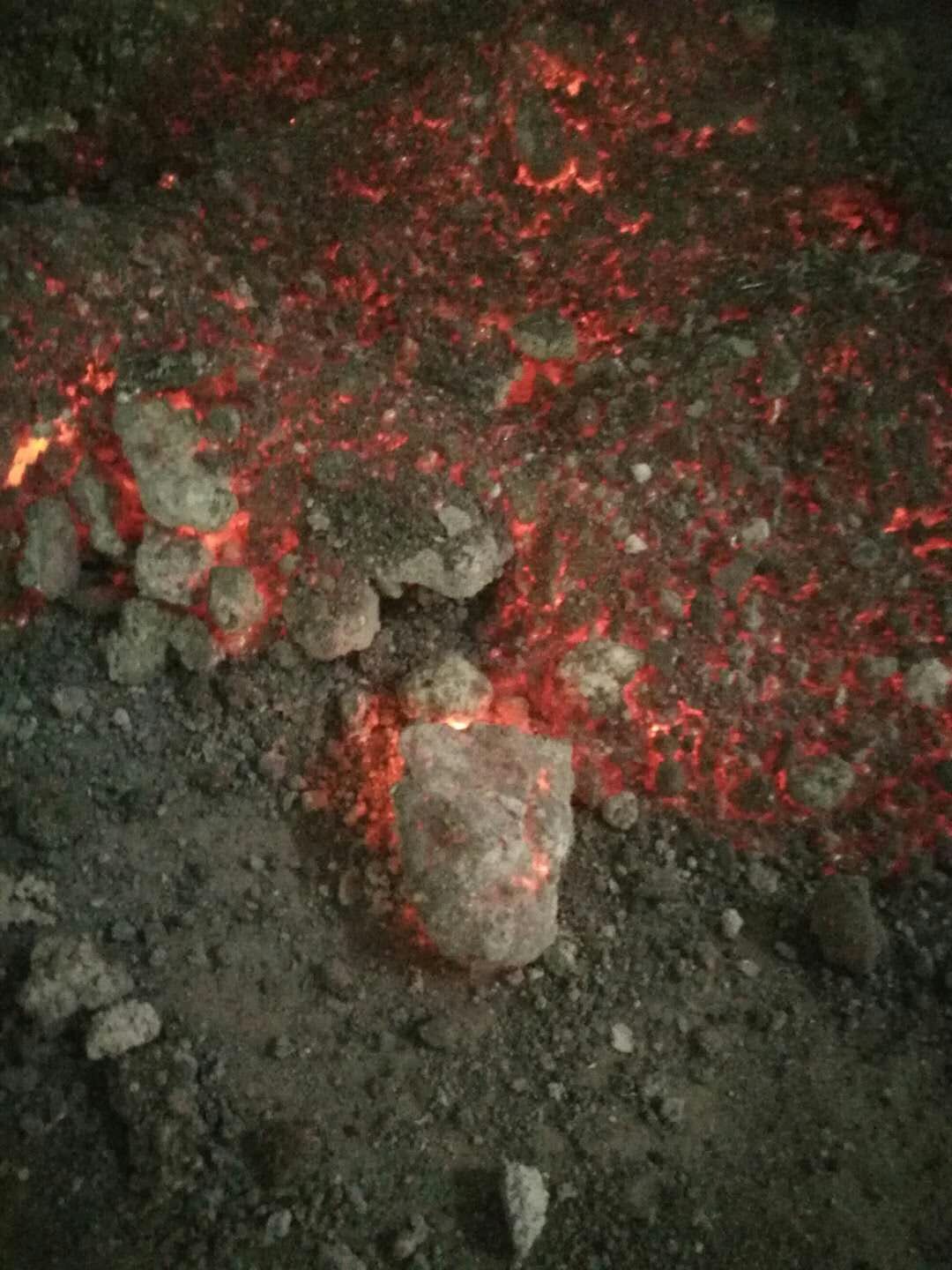
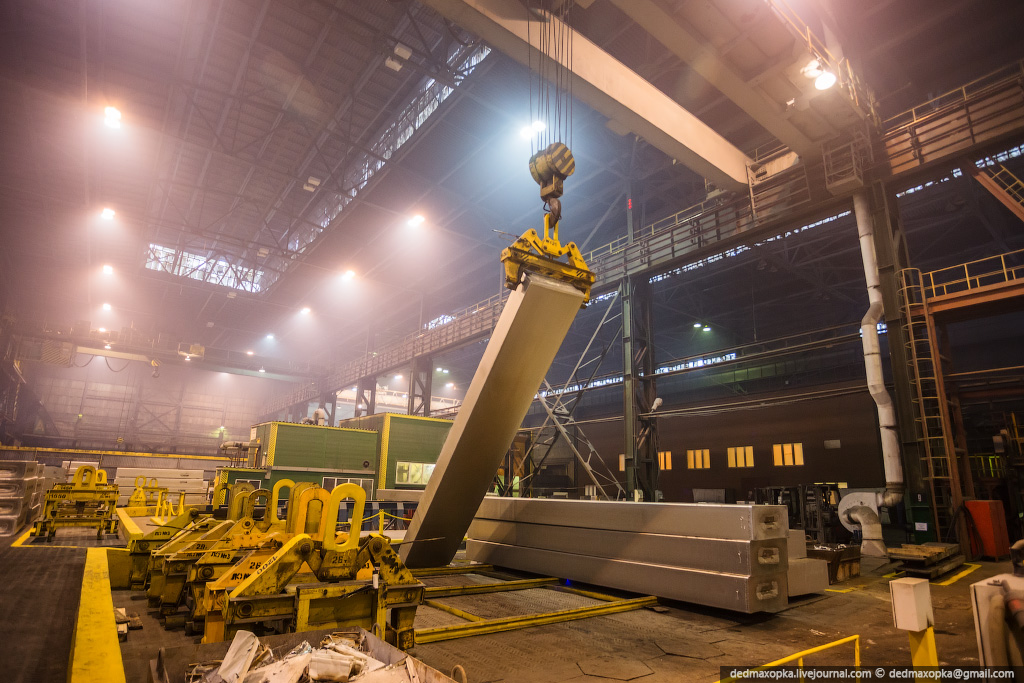
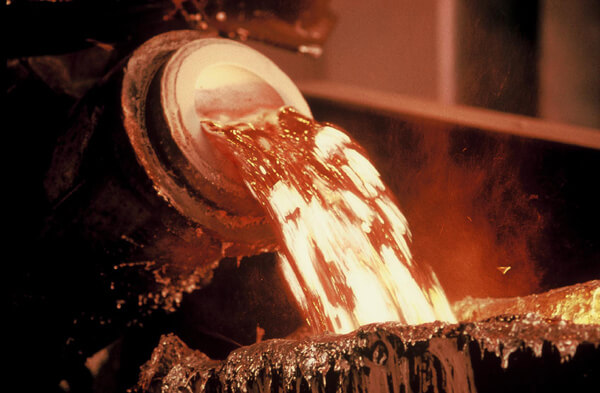
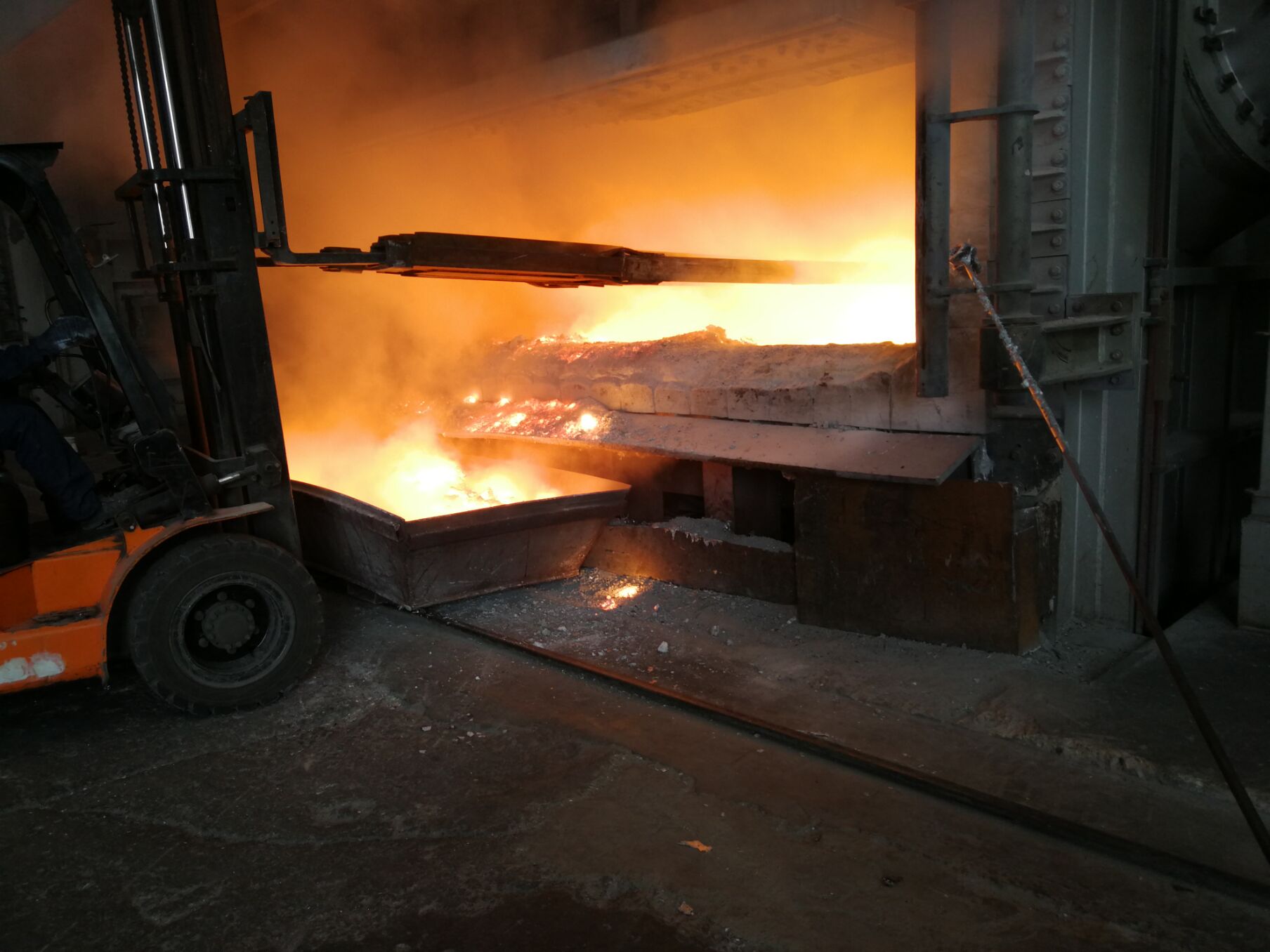
No Comments